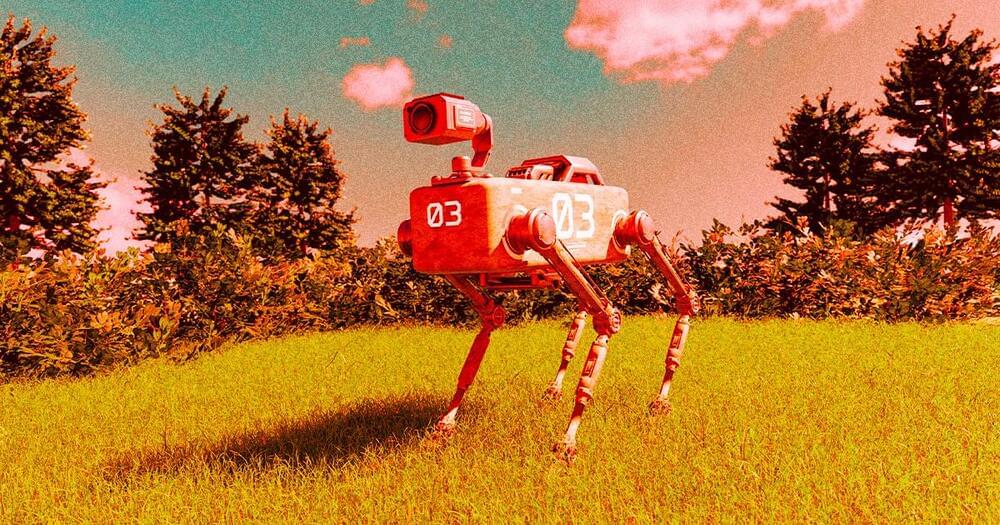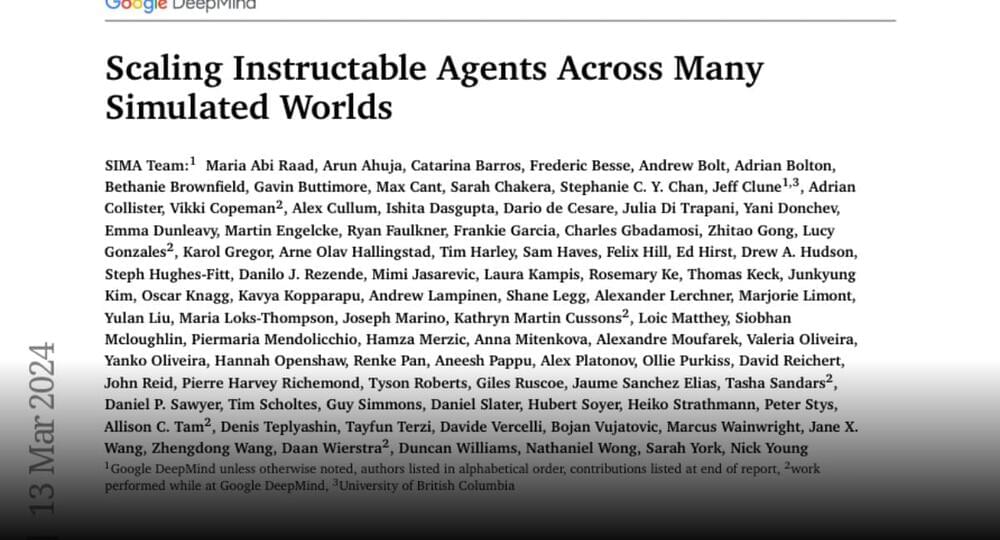Brighter with Herbert.
Category: robotics/AI – Page 659


CEOs Suddenly Fear AI Will Take Their Jobs Too
As many CEOs gloat over the idea of replacing their human workers with AI, some of them are now starting to fear that they, too, may be on the chopping block.
Per a new report from the IT consulting firm AND Digital which surveyed hundreds of business leaders in the US, the UK, and the Netherlands, 43 percent of respondents said they believed AI could take their job as CEO.
Denizens of the C-suite aren’t making a strong case for keeping their positions, either. Embarrassingly, nearly that exact same proportion — 45 percent — admitted to secretly making major business decisions “based on data and information obtained using ChatGPT.” Strong evidence, perhaps, that maybe replacing CEOs with AI isn’t such a bad idea after all.




AI Transforms Oil Field Operations With Predictive Analytics
Amplified Industries’ sensors and analytics give oil well operators real-time alerts when things go wrong, allowing them to respond to issues before they become disasters. Credit: MIT News, iStock.
Amplified Industries, founded by Sebastien Mannai, helps oil field operators eliminate spills and stop methane leaks.
There is a staggeringly long list of things that can go wrong during the complex operation of an oil field.


Boston Dynamics’ Atlas humanoid robot goes electric
Atlas lies motionless in a prone position atop interlocking gym mats. The only soundtrack is the whirring of an electric motor. It’s not quiet, exactly, but it’s nothing compared to the hydraulic jerks of its ancestors.
As the camera pans around the robot’s back, its legs bend at the knees. It’s a natural movement, at first, before crossing into an uncanny realm, like something out of a Sam Raimi movie. The robot, which appeared to be lying on its back, has effectively switched positions with this clever bit of leg rotation.
As Atlas fully stands, it does so with its back to the camera. Now the head spins around 180 degrees, before the torso follows suit. It stands for a moment, offering the camera its first clear view of its head — a ring light forming the perimeter of a perfectly round screen. Once again, the torso follows the head’s 180, as Atlas walks away from the camera and out of frame.